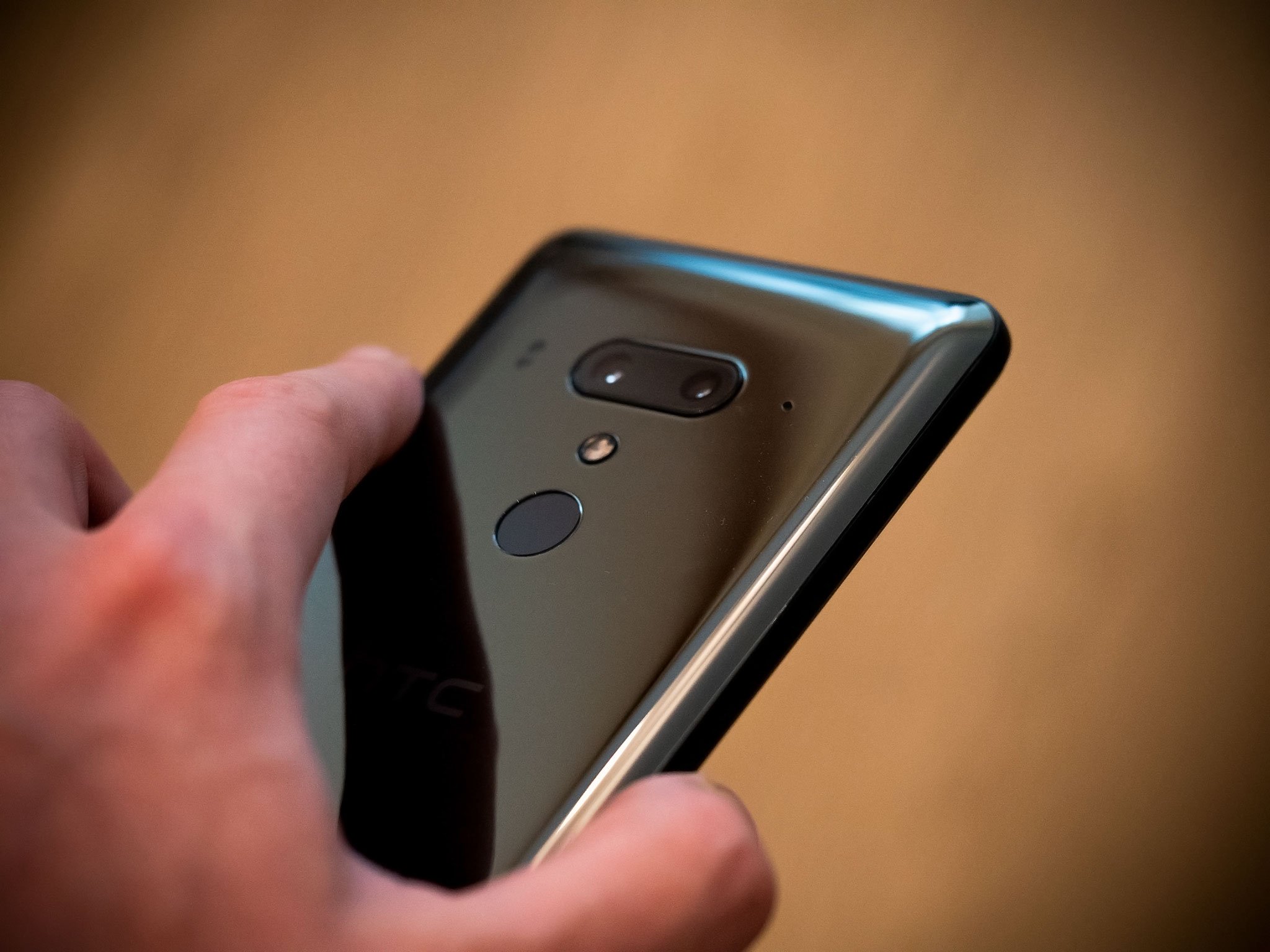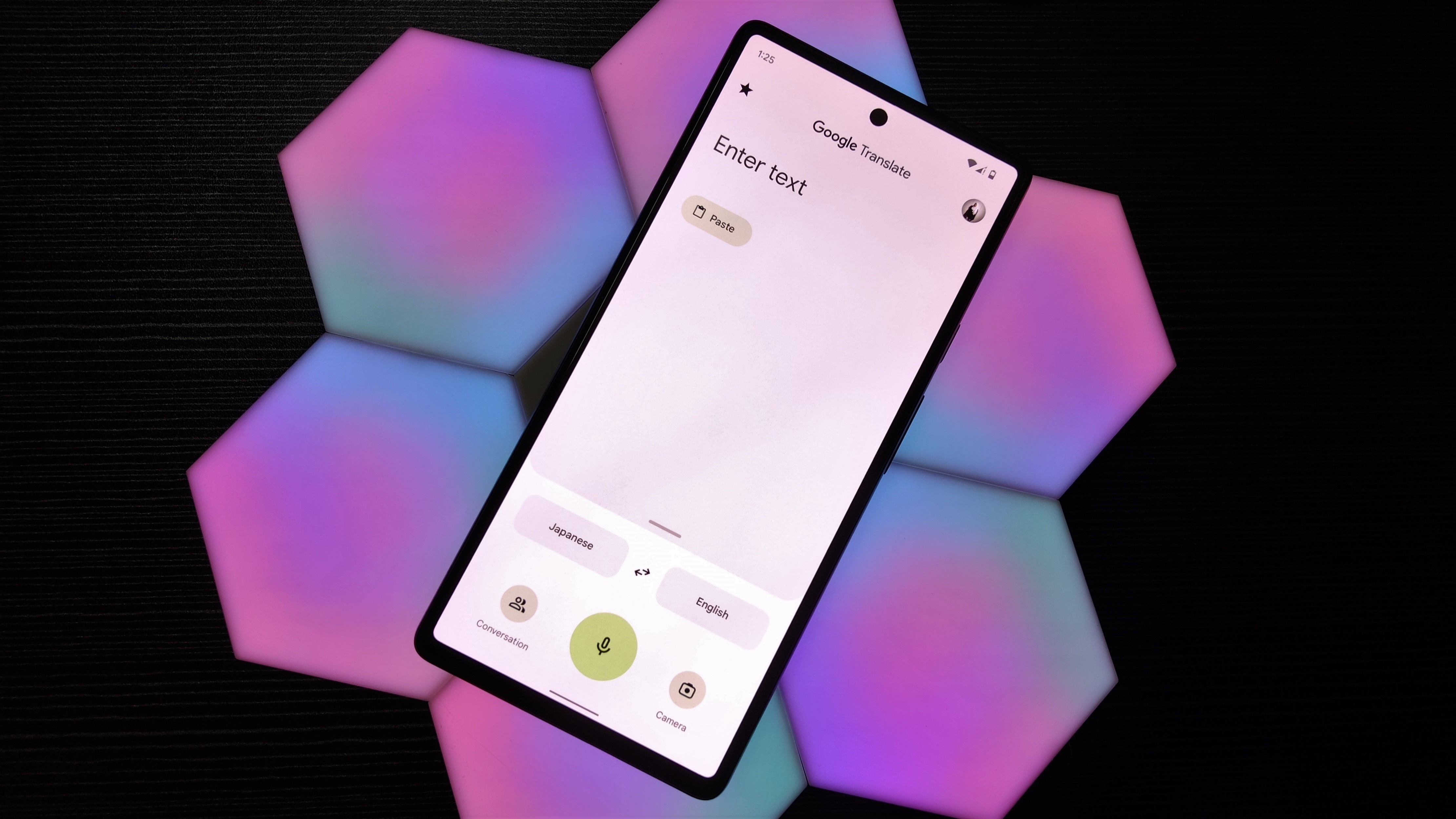Your next phone may not have volume or power buttons if this company gets its way

What you need to know
- Sentons has announced the SDS ButtonBar.
- The ButtonBar is a standardized virtualized button replacement solution for power and volume buttons in smartphones.
- Sentons is partnering with Foxconn to enable production at scale.
Sentons wants to make it easier for smartphone OEMs to get rid of physical buttons and replace them with standardized virtual buttons. By virtual buttons, we don't mean the software buttons that used to grace the bottoms of your Android displays, instead, we're talking about what Sentons called software-defined spaces (i.e SDS) that replace traditional buttons like the power and volume buttons. Think about the HTC U12's virtual buttons but better.
The SDS ButtonBar is that replacement. Sentons says that its new ButtonBar will provide a standardized solution that incorporates the best of physical buttons with the flexibility of virtual buttons. The ButtonBar is made up of "over 20 submicron-sized ultrasonically modulated discrete sensors distributed within a short 1.9-inch bar." It's made to be placed anywhere and work with any time of display, even including the foldable and waterfall displays that OEMs are experimenting with today.
Sentons CEO Jess Lee said:
As phone designs evolve with thinner industrial designs, advanced 5G antennae, and reducing aperture count, manufacturers are struggling with where to place chunky old-fashioned buttons. ButtonBar directly addresses these needs, while still giving you the tactile feel of a physical button. ButtonBar's sleek profile and flexibility of placement is a game-changer, and we're very excited to bring this solution to market at scale with our partner Foxconn.
HS Chou, BU Head at GIS (a member of Foxconn Group) said:
The replacement of mechanical buttons has long been one of the most sought after goals in mobile manufacturing. Sentons technology is significant and Foxconn GIS is excited to partner with them to deliver at this scale."
Why would we want buttonless smartphones? Well, there are a couple of reasons. Hardware failure is limited without the presence of physical buttons to fail. There's also improved waterproofing. Sentons says its buttons don't have the apertures that current buttons do, so it can support a full IP68 enclosure rating.
On the other hand, common software issues like frozen phones are often mitigated by hardware solutions like pulling the battery or holding down a power button. Hardware solutions can help fix software glitches where software-based solutions can't, and that's one issue any OEM who adopts virtualized buttons will have to consider carefully.
Get the latest news from Android Central, your trusted companion in the world of Android

